Analyzing Depreciation Methods and Financial Statement Manipulation
VerifiedAdded on 2019/11/26
|5
|739
|159
Homework Assignment
AI Summary
This assignment analyzes the application of depreciation methods in financial accounting, focusing on the manipulation of financial statements. The student explores the impact of changing depreciation methods, specifically comparing the straight-line method to the sum-of-the-years' digits method. The assignment highlights how altering depreciation methods can be used to manage reported profits, a practice known as window dressing. It references IAS 16/AASB 116 standards and discusses the requirements for disclosing changes in accounting policies. The solution also addresses the ethical implications of manipulating financial statements, emphasizing the potential impact on stakeholders, tax calculations, and the creation of deferred tax assets or liabilities. The student provides examples, references, and demonstrates an understanding of accounting principles and their practical application. The assignment concludes by emphasizing the importance of transparency and adherence to accounting standards to ensure accurate financial reporting.
1 out of 5
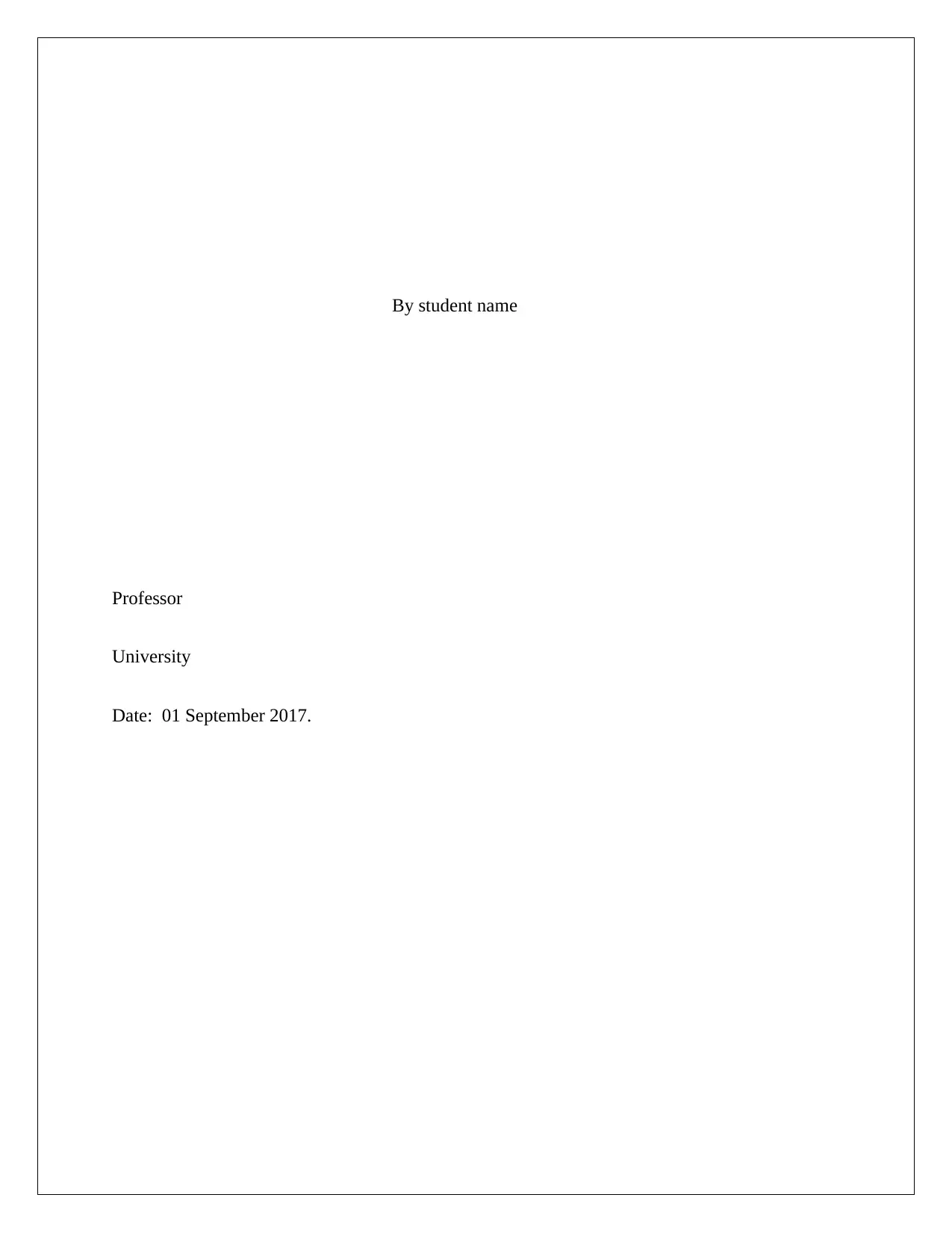
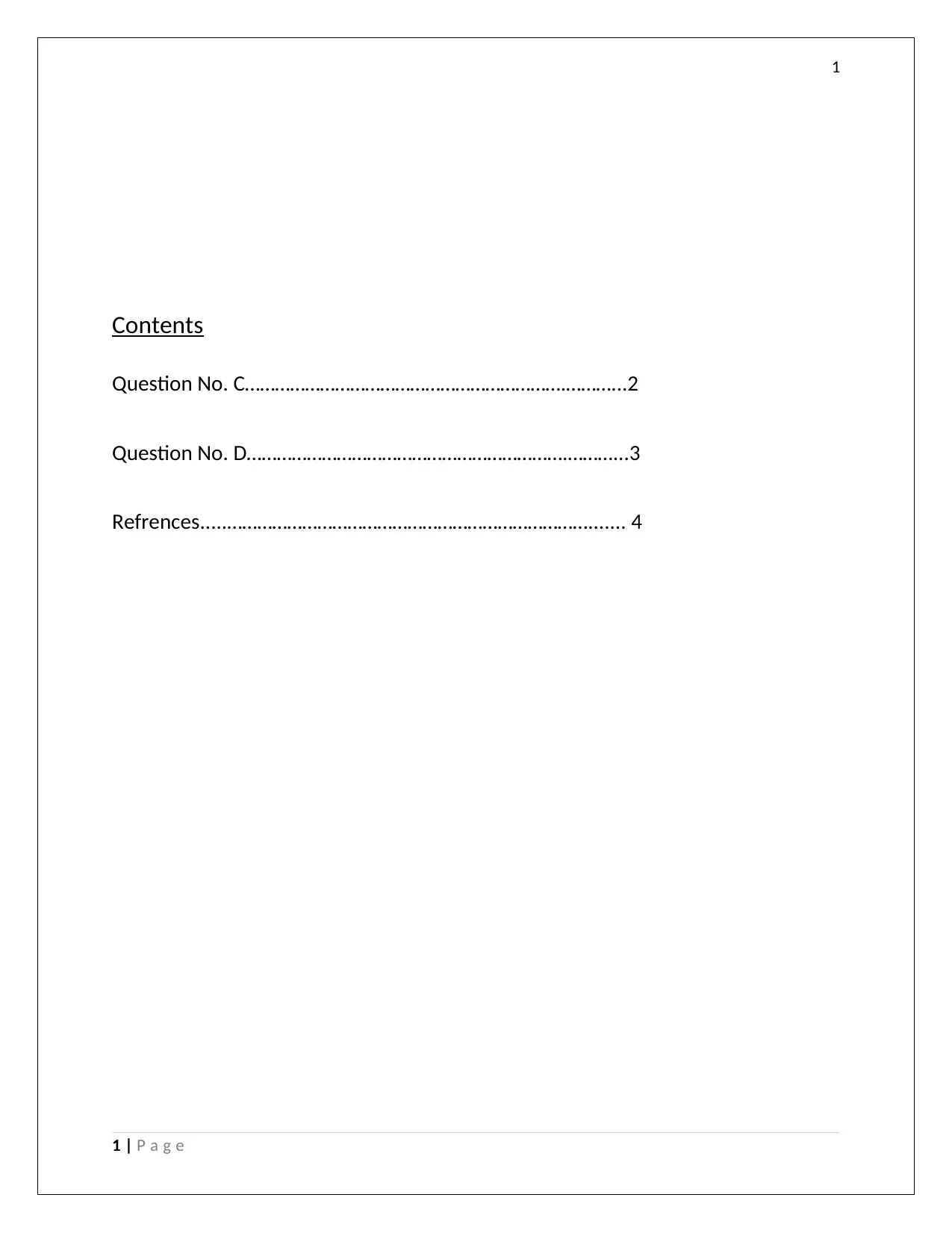
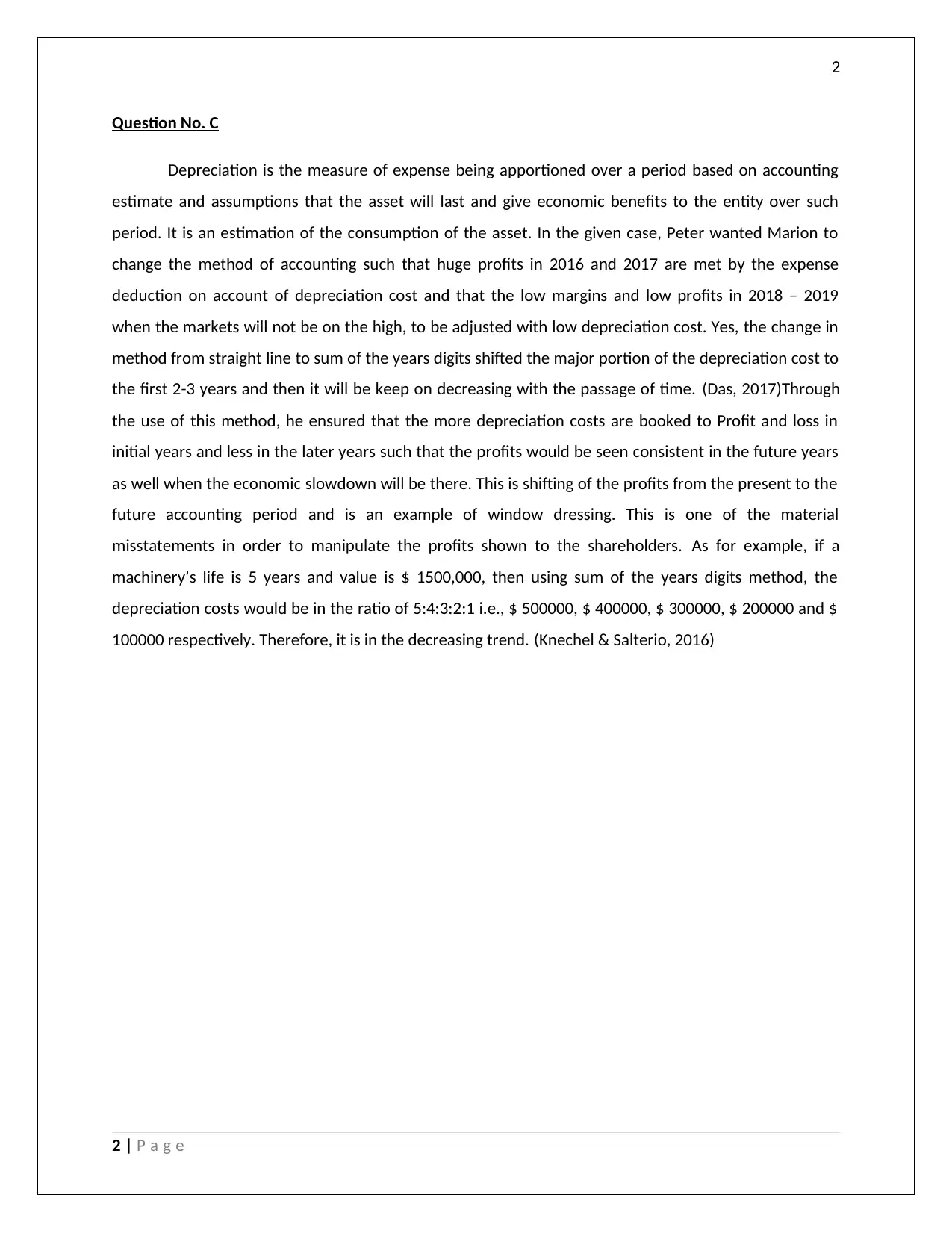

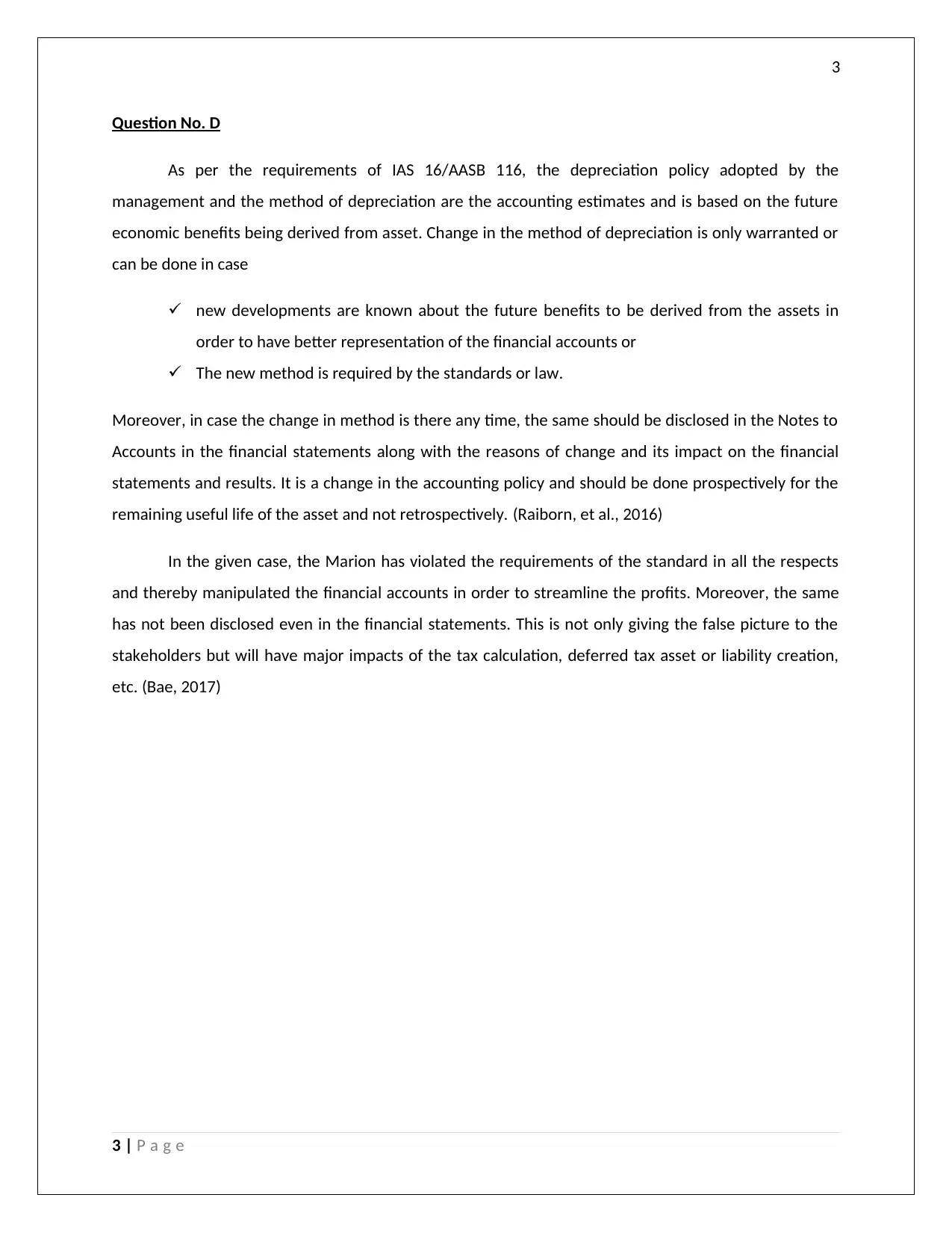
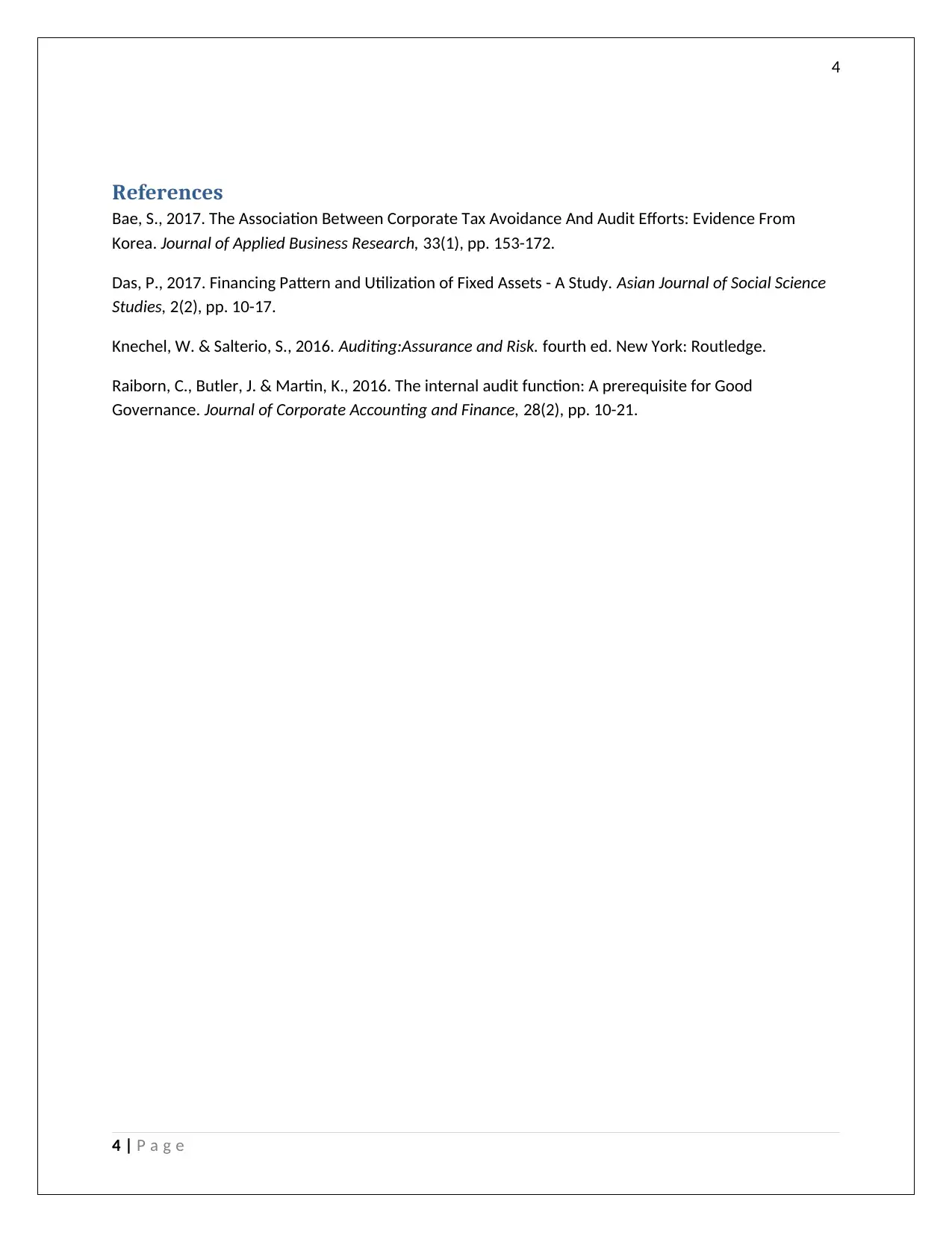






![[object Object]](/_next/static/media/star-bottom.7253800d.svg)